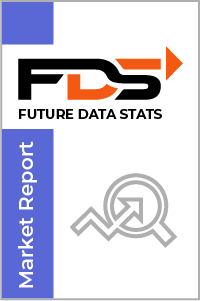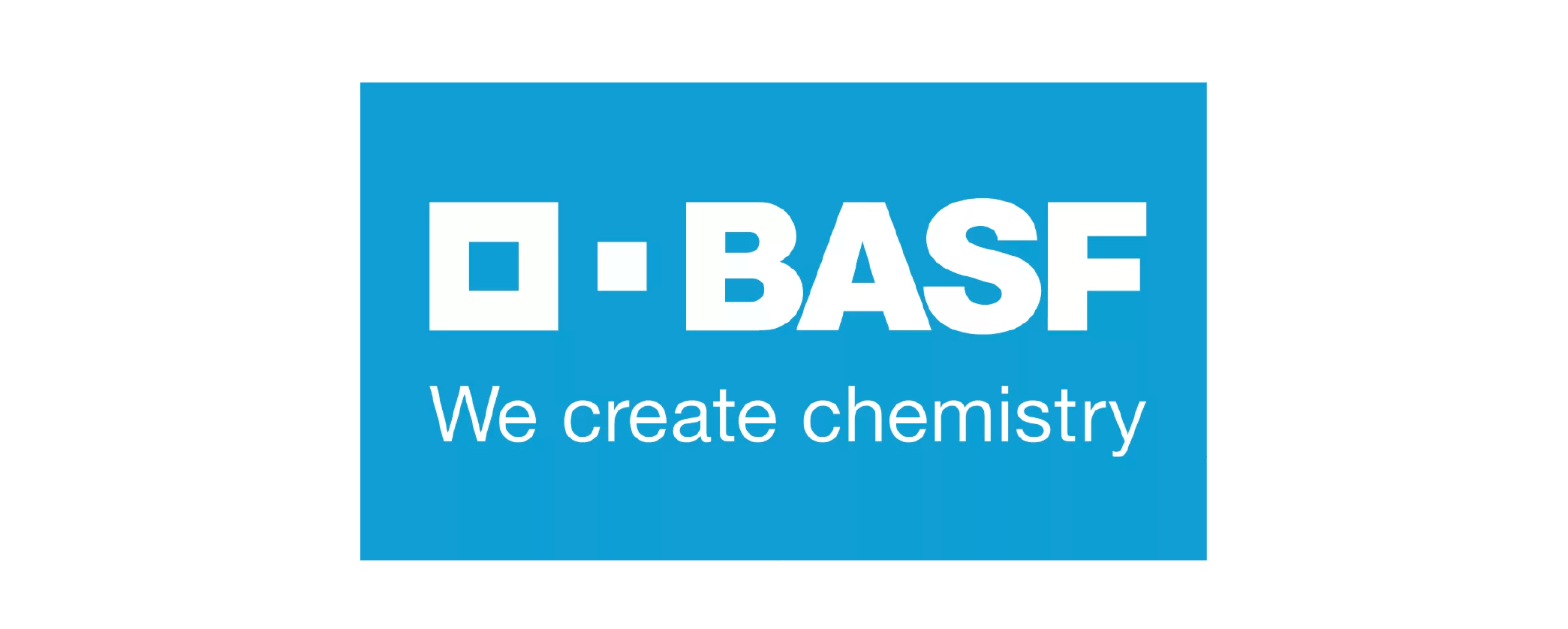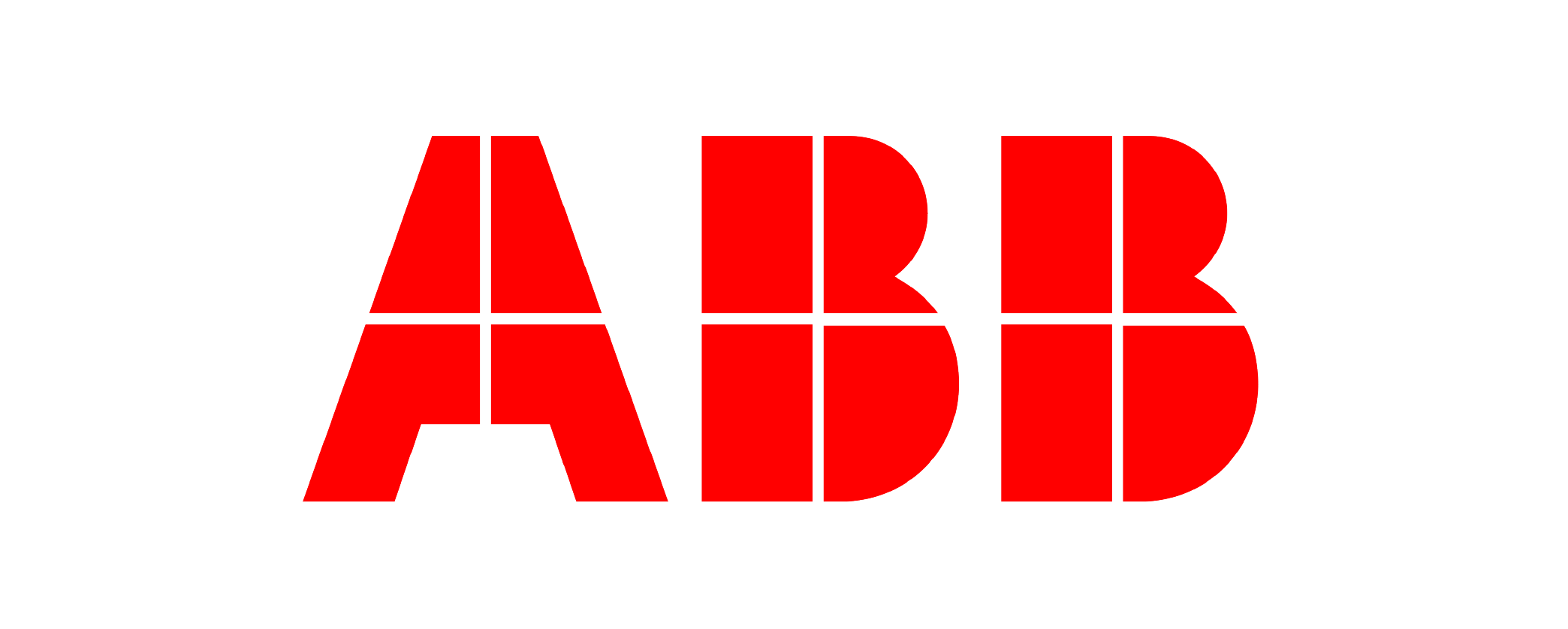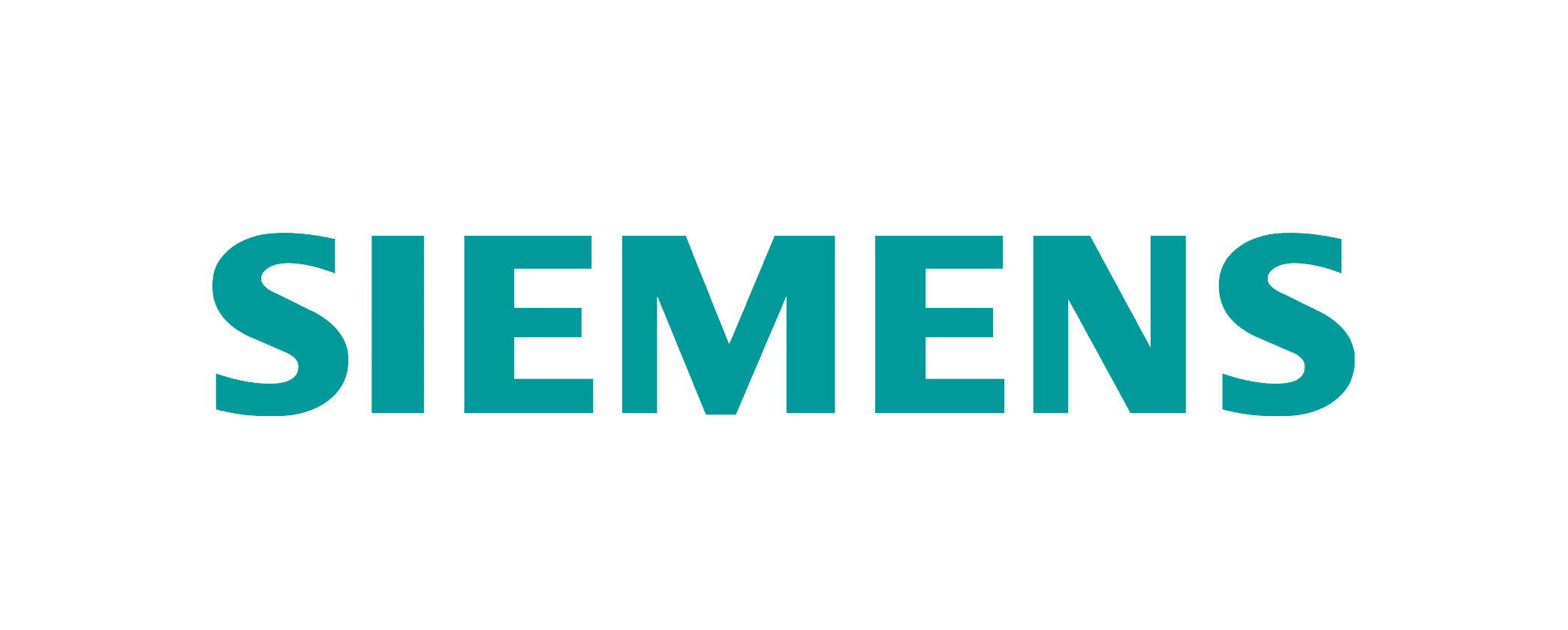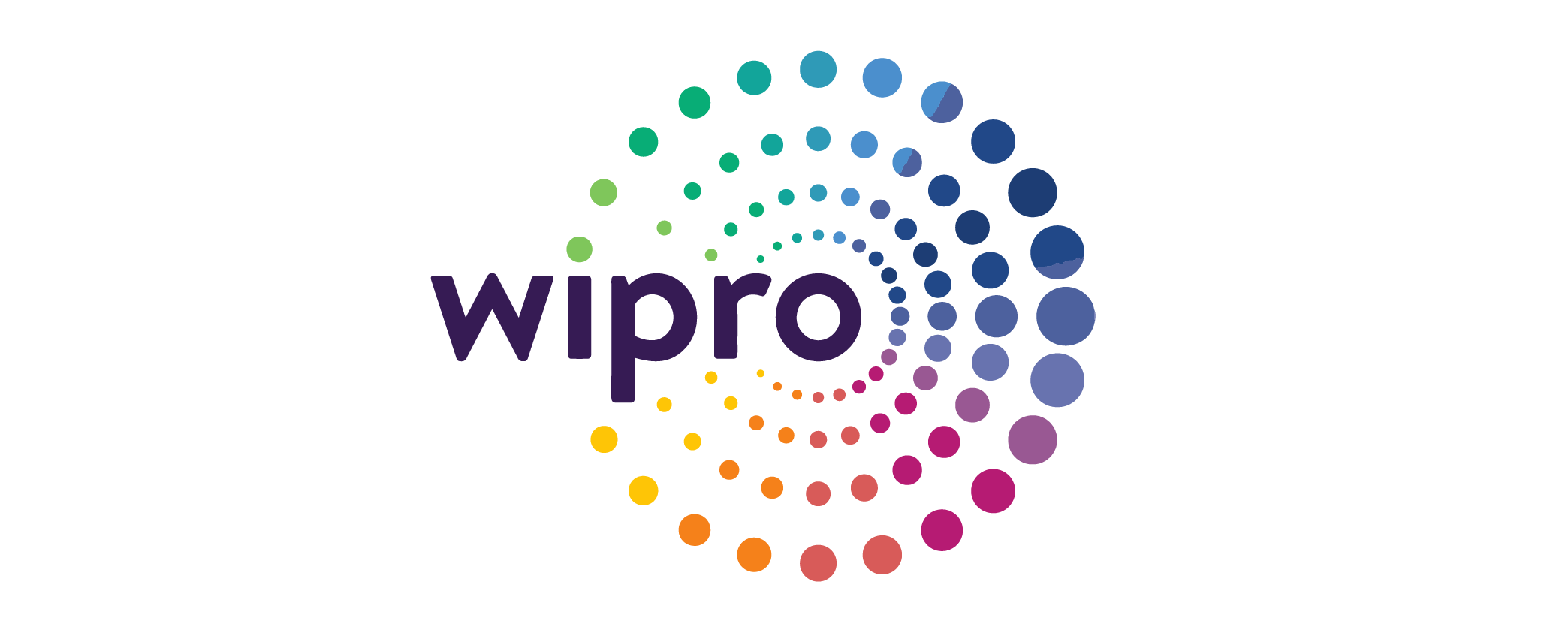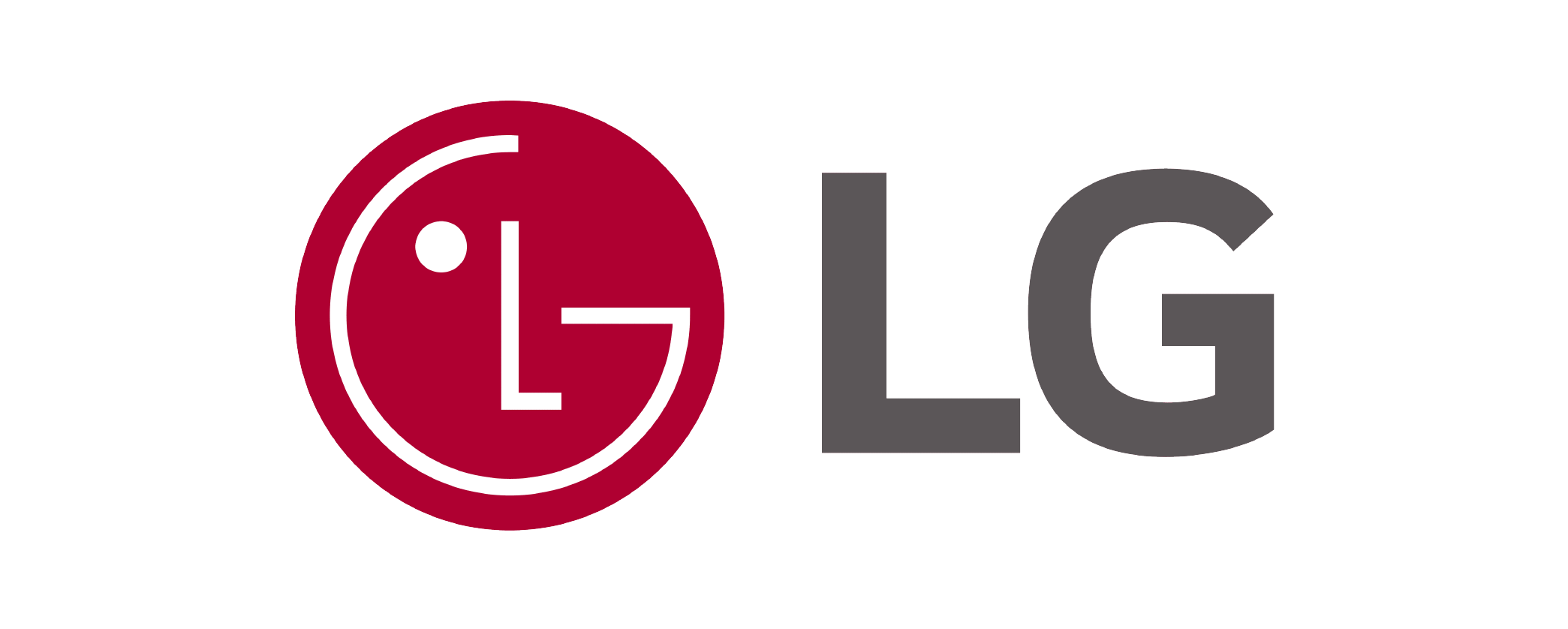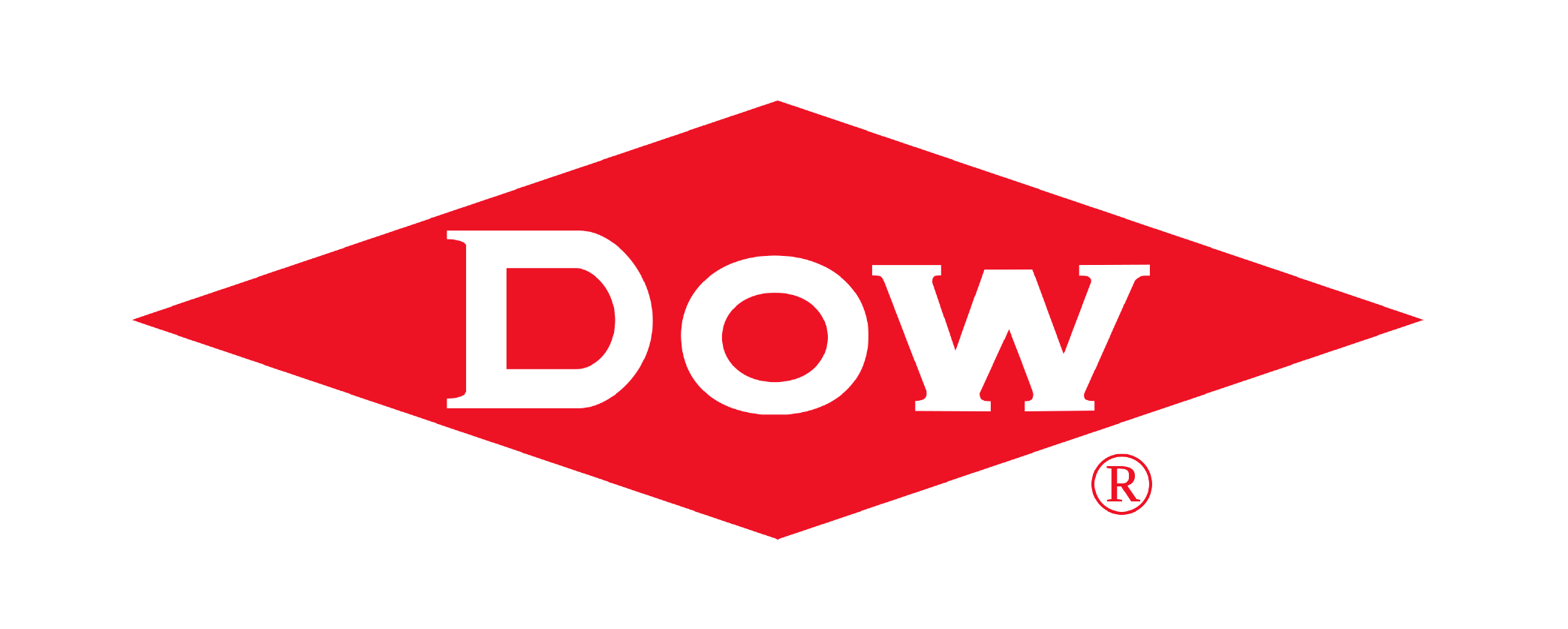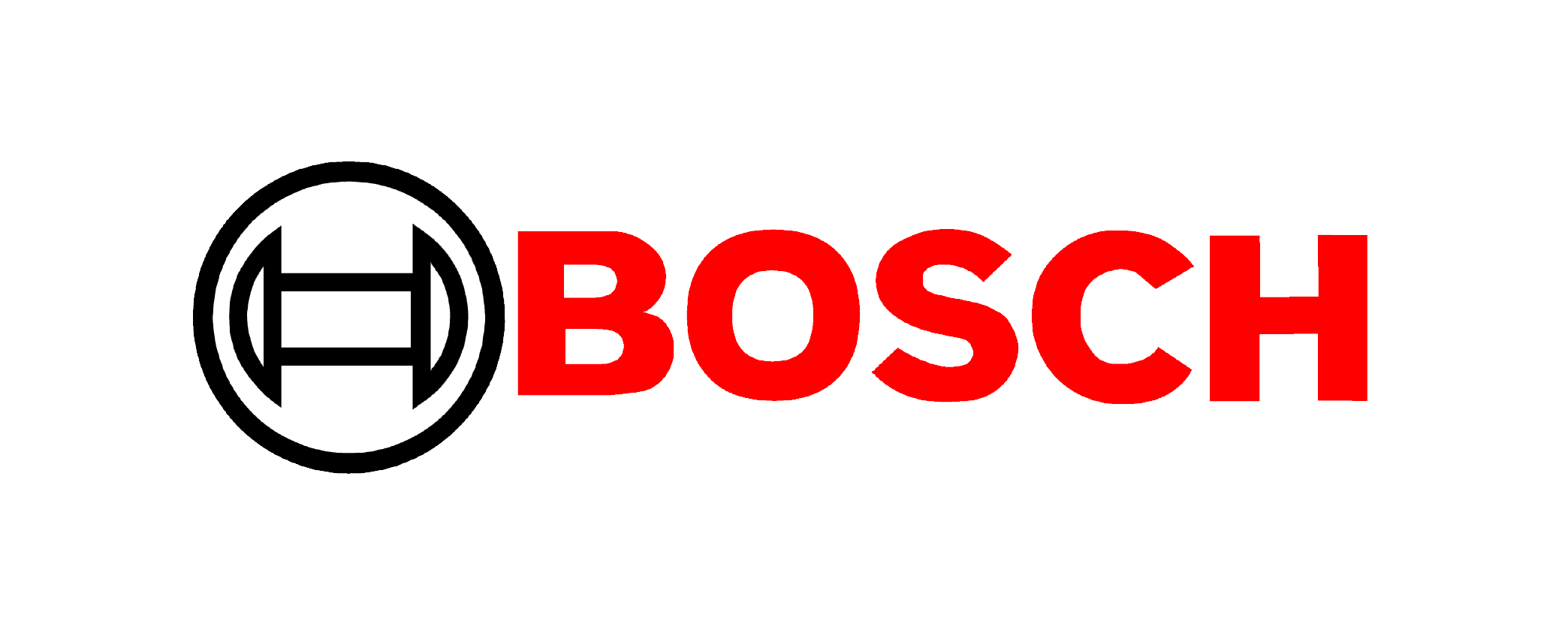The global Blockchain in Banking and Financial Services Market size was valued at USD 3.86 Billion in 2023 and is projected to expand at a compound annual growth rate (CAGR) of 50.3% during the forecast period, reaching a value of USD 87.54 Billion by 2030.
Blockchain in Banking and Financial Services Market research report by Future Data Stats, offers a comprehensive view of the Market's historical data from 2019 to 2022, capturing trends, growth patterns, and key drivers. It establishes 2023 as the base year, analysing the Market landscape, consumer behaviour, competition, and regulations. Additionally, the report presents a well-researched forecast period from 2024 to 2032, leveraging data analysis techniques to project the Market's growth trajectory, emerging opportunities, and anticipated challenges.
MARKET OVERVIEW:
Blockchain technology in banking and financial services revolutionizes traditional processes by providing a decentralized and secure platform for transactions. Essentially, blockchain is a distributed ledger system that records all transactions across a network of computers, eliminating the need for intermediaries like banks. In banking, blockchain ensures transparent and tamper-proof record-keeping, reducing the risk of fraud and improving transaction efficiency.
Financial institutions are increasingly adopting blockchain to streamline operations and enhance security. With blockchain, transactions are recorded in blocks, linked together in a chronological chain, ensuring transparency and trust among all parties involved. This technology not only simplifies processes but also reduces costs and speeds up transaction times, making it a game-changer in the banking and financial services industry.
MARKET DYNAMICS:
The need for enhanced security and transparency in financial transactions. Blockchain technology offers a decentralized and tamper-proof ledger system, reducing the risk of fraud and increasing trust among financial institutions and their clients. Additionally, the growing demand for faster and more efficient cross-border transactions is fueling the adoption of blockchain in the banking and financial services sector.
However, there are significant opportunities for growth, including the development of innovative blockchain-based financial products and services, as well as the expansion of blockchain technology into other areas such as trade finance and supply chain management.
BLOCKCHAIN IN BANKING AND FINANCIAL SERVICES MARKET SEGMENTAL ANALYSIS
BY TYPE:
Public blockchains are decentralized networks where anyone can participate, and transactions are transparent and accessible to all. Private blockchains, on the other hand, are permissioned networks where only authorized users can participate, offering greater control and privacy. Consortium blockchains are semi-decentralized networks governed by a group of organizations, offering a balance between transparency and control.
Among these types, private blockchains are currently dominating the blockchain market in banking and financial services. Private blockchains offer financial institutions greater control over their networks and data, making them ideal for applications requiring high levels of privacy and security. However, consortium blockchains are also gaining traction, especially for applications involving multiple organizations collaborating on shared processes. As the technology continues to evolve, all three types of blockchain are expected to play a significant role in shaping the future of banking and financial services.
BY APPLICATION:
Smart contracts are another significant application of blockchain in banking and financial services. Smart contracts are self-executing contracts with the terms of the agreement directly written into code. They enable automated and transparent transactions, eliminating the need for intermediaries and reducing the risk of fraud. As a result, smart contracts are increasingly being adopted by financial institutions for various purposes, including loan processing, asset trading, and compliance.
Identity management is also a crucial application of blockchain in banking and financial services. Blockchain technology provides a secure and decentralized way to manage digital identities, reducing the risk of identity theft and fraud. By leveraging blockchain for identity management, financial institutions can improve customer authentication and verification processes, enhance regulatory compliance, and protect sensitive customer information.
BY SERVICE PROVIDER:
Application and solution providers play a significant role in driving blockchain adoption in the banking and financial services sector. These providers offer blockchain-based applications and solutions tailored to the specific needs of financial institutions, such as secure payment processing, smart contract management, and identity verification services.
Middleware providers are also key players in the blockchain market for banking and financial services. They offer the software and tools necessary to integrate blockchain technology into existing financial systems and applications. Middleware providers enable financial institutions to seamlessly adopt blockchain technology without the need for significant changes to their existing infrastructure, thereby reducing implementation costs and accelerating time-to-market for new blockchain-based services.
Infrastructure providers are another important segment of the blockchain market in banking and financial services. These providers offer the underlying technology and infrastructure necessary to support blockchain networks, such as computing power, storage, and network resources.
BY END USER:
Banks are the primary end users of blockchain technology in the financial services sector. They leverage blockchain for a wide range of applications, including secure and efficient payment processing, smart contract management, and identity verification. By adopting blockchain, banks can streamline their operations, reduce costs, and enhance security and transparency in financial transactions.
Insurance companies are also significant end users of blockchain technology. They use blockchain to streamline claims processing, reduce fraud, and improve customer service. By leveraging blockchain, insurance companies can create transparent and tamper-proof records of policyholders' information and claims history, enabling faster and more efficient claims processing and reducing the risk of fraudulent claims.
Stock exchanges, clearinghouses, credit unions, and other financial institutions are also adopting blockchain technology to improve efficiency, security, and transparency in their operations. Stock exchanges use blockchain for secure and transparent trading of securities, while clearinghouses leverage blockchain to streamline the clearing and settlement of trades. Credit unions and other financial institutions use blockchain for various applications, including payment processing, loan management, and identity verification.
REGIONAL ANALYSIS:
North America holds a dominant position in the market, driven by the presence of major blockchain technology providers and financial institutions. The region has witnessed extensive adoption of blockchain technology in banking and financial services, primarily due to the increasing demand for secure and transparent financial transactions. Moreover, favorable government initiatives and investments in blockchain technology have further propelled market growth in North America.
Europe is also a prominent market for blockchain in banking and financial services, with countries like the UK, Germany, and Switzerland leading the adoption of blockchain technology. The region is witnessing increasing investments in blockchain-based solutions by financial institutions to improve operational efficiency and reduce costs. Additionally, the growing focus on regulatory compliance and data security is driving the adoption of blockchain technology in Europe's banking and financial services sector.
KEY MARKET PLAYERS:
- IBM Corporation
- Microsoft Corporation
- Accenture PLC
- Deloitte Touche Tohmatsu Limited
- SAP SE
- Oracle Corporation
- Infosys Limited
- Baidu, Inc.
- Intel Corporation
- Ripple Labs Inc.
- Chain, Inc.
- Bitfury Group Limited
- Digital Asset Holdings, LLC
- Circle Internet Financial Limited
- Coinbase, Inc.
- R3 LLC
- ConsenSys AG
- Everledger Ltd.
- Guardtime AS
- Blockstream Corporation
- BTL Group Ltd.
- Symbiont.io, Inc.
- Factom, Inc.
- AlphaPoint Corporation
- SETL Development Ltd.
Table of Contents
Executive Summary
Introduction
Market Overview
3.1 Definition of Blockchain
3.2 Evolution of Blockchain in Banking and Financial Services
Key Benefits of Blockchain in Banking and Financial Services
Market Drivers
5.1 Increasing Demand for Secure and Transparent Transactions
5.2 Cost Reduction and Efficiency Improvement
5.3 Regulatory Compliance and Risk Management
5.4 Rise of Digital Currencies and Cryptocurrencies
Market Challenges
6.1 Scalability and Performance Issues
6.2 Integration with Legacy Systems
6.3 Security and Privacy Concerns
6.4 Lack of Standardization
Market Trends
7.1 Adoption of Permissioned and Private Blockchains
7.2 Emergence of Decentralized Finance (DeFi)
7.3 Interoperability and Cross-Chain Solutions
7.4 Integration of Artificial Intelligence and Blockchain
Market Analysis, by Type
8.1 Public Blockchain
8.2 Private Blockchain
8.3 Consortium Blockchain
Market Analysis, by Application
9.1 Payments and Remittances
9.2 Smart Contracts
9.3 Identity Management
9.4 Trade Finance
9.5 Supply Chain Management
9.6 Others
Market Analysis, by Region
10.1 North America
10.2 Europe
10.3 Asia Pacific
10.4 Latin America
10.5 Middle East and Africa
Competitive Landscape
11.1 Key Players and Market Share Analysis
11.2 Competitive Scenario
Company Profiles
12.1 Company A
12.2 Company B
12.3 Company C
12.4 Company D
Investment Opportunities and Future Outlook
Conclusion
Blockchain in Banking and Financial Services Market Segmentation:
By Type:
- Public Blockchain
- Private Blockchain
- Consortium Blockchain
By Application:
- Payments and Remittances
- Smart Contracts
- Identity Management
- Trade Finance
- Asset Management
- Insurance
- Audit and Compliance
By Service Provider:
- Application and Solution Providers
- Middleware Providers
- Infrastructure Providers
By End User:
- Banks
- Insurance Companies
- Stock Exchanges
- Clearinghouses
- Credit Unions
- Other Financial Institutions
By Geography:
- North America (USA, Canada, Mexico)
- Europe (Germany, UK, France, Russia, Italy, Rest of Europe)
- Asia-Pacific (China, Japan, South Korea, India, Southeast Asia, Rest of Asia-Pacific)
- South America (Brazil, Argentina, Columbia, Rest of South America)
- Middle East and Africa (Saudi Arabia, UAE, Egypt, Nigeria, South Africa, Rest of MEA)
Key Reasons to Buy this Report
- Comprehensive Insights: Market research reports provide in-depth and comprehensive insights into various industries, markets, and sectors. These reports are prepared after extensive data collection, analysis, and interpretation, offering you valuable information and a clear understanding of market trends, dynamics, and opportunities.
- Future Predictions: Market research reports often include future data statistics, forecasts, and predictions. These predictions are based on rigorous analysis and modeling techniques, taking into account various factors such as market growth drivers, challenges, and emerging trends. By accessing these future data stats, you can make informed decisions and develop strategies that align with the projected market scenarios.
- Industry Analysis: Market research reports offer detailed industry analysis, including factors such as market size, market share, competitive landscape, and key players. These reports provide an overview of the industry's current status, growth potential, and competitive dynamics, enabling you to identify lucrative opportunities and stay ahead of the competition.
- Market Trends and Opportunities: By purchasing market research reports, you gain access to up-to-date information on market trends and emerging opportunities. These reports highlight the latest consumer preferences, technological advancements, regulatory changes, and other influential factors shaping the market landscape. Keeping track of these trends helps you identify potential growth areas and adapt your business strategies accordingly.
- Risk Mitigation: Investing in a market research report can help mitigate risks associated with market uncertainties. The reports provide insights into potential risks, challenges, and barriers to entry in specific markets or industries. With this knowledge, you can develop risk mitigation strategies, anticipate market fluctuations, and make informed decisions to minimize potential losses.
- Investment Decision Support: Market research reports are valuable tools for investors, venture capitalists, and financial institutions. These reports provide reliable and data-driven information that aids in investment decision-making processes. By analyzing market research reports, investors can evaluate the market potential, assess the feasibility of investment opportunities, and gauge the expected returns on investment.
- Product Development and Innovation: Market research reports offer insights into consumer preferences, needs, and demands. This information can be leveraged for product development and innovation. By understanding the market dynamics and consumer behavior, you can tailor your products or services to meet the evolving needs of your target audience, leading to enhanced customer satisfaction and market success.
- Strategic Planning: Market research reports serve as a foundation for strategic planning. They provide a comprehensive overview of the market landscape, competitive positioning, and growth potential. With this knowledge, you can develop effective business strategies, set realistic goals, and allocate resources efficiently. Strategic planning based on accurate market research helps optimize your operations and improve your chances of success.
- Market Entry and Expansion: For businesses looking to enter new markets or expand their existing operations, market research reports are indispensable. These reports provide insights into market dynamics, consumer behavior, regulatory frameworks, and competitive landscapes specific to the target markets. This information helps you assess the feasibility of market entry, identify potential obstacles, and develop market entry strategies that increase your chances of success.
- Evidence-Based Decision Making: Market research reports provide evidence-based data and analysis, enabling you to make informed decisions. Rather than relying on assumptions or guesswork, you can base your decisions on reliable information and market insights. Evidence-based decision making reduces the risk of costly mistakes and increases the likelihood of achieving your business objectives.
RESEARCH METHODOLOGY
With a collective industry experience of about 70 years of analysts and experts, Future Data Stats encompasses the most infallible research methodology for its market intelligence and industry analysis. Not only does the company dig deep into the innermost levels of the market, but also examines the minutest details for its market estimates and forecasts.
This approach helps build a greater market-specific view of size, shape, and industry trends within each industry segment. Various industry trends and real-time developments are factored into identifying key growth factors and the future course of the market. The research proceeds are the results of high-quality data, expert views & analysis, and valuable independent opinions. The research process is designed to deliver a balanced view of the global markets and allows stakeholders to make informed decisions, to attain their highest growth objectives.
Future Data Stats offers its clients exhaustive research and analysis, based on a wide variety of factual inputs, which largely include interviews with industry participants, reliable statistics, and regional intelligence. The in-house industry experts play an instrumental role in designing analytic tools and models, tailored to the requirements of a particular industry segment. These analytical tools and models distill the data & statistics and enhance the accuracy of our recommendations and advice.
With Future Data Stats calibrated research process and 360° data-evaluation methodology, the clients receive:
- Consistent, valuable, robust, and actionable data & analysis that can easily be referenced for strategic business planning
- Technologically sophisticated and reliable insights through a well-audited and veracious research methodology
- Sovereign research proceeds that present a tangible depiction of the marketplace
With this strong methodology, Future Data Stats ensures that its research and analysis is most reliable and guarantees sound business planning.
The research methodology of the global market involves extensive primary and secondary research. Primary research includes about 24 hours of interviews and discussions with a wide range of stakeholders that include upstream and downstream participants. Primary research typically is a bulk of our research efforts, coherently supported by extensive secondary research. Over 3000 product literature, industry releases, annual reports, and other such documents of key industry participants have been reviewed to obtain a better market understanding and gain enhanced competitive intelligence. In addition, authentic industry journals, trade associations’ releases, and government websites have also been reviewed to generate high-value industry insights.
Primary Research:
|
Primary Research
|
Desk Research
|
Company Analysis
|
|
• Identify key opinion leaders • Questionnaire design • In-depth Interviews • Coverage across the value chain
|
• Company Website • Company Annual Reports • Paid Databases • Financial Reports
|
• Market Participants • Key Strengths • Product Portfolio • Mapping as per Value Chain • Key focus segment
|
Primary research efforts include reaching out to participants through emails, telephonic conversations, referrals, and professional corporate relations with various companies that make way for greater flexibility in reaching out to industry participants and commentators for interviews and discussions.
The aforementioned helps to:
- Validate and improve data quality and strengthen the research proceeds
- Develop a market understanding and expertise
- Supply authentic information about the market size, share, growth, and forecasts
The primary research interview and discussion panels comprise experienced industry personnel.
These participants include, but are not limited to:
- Chief executives and VPs of leading corporations specific to an industry
- Product and sales managers or country heads; channel partners & top-level distributors; banking, investments, and valuation experts
- Key opinion leaders (KOLs)
Secondary Research:
A broad array of industry sources for the secondary research typically includes, but is not limited to:
- Company SEC filings, annual reports, company websites, broker & financial reports, and investor presentations for a competitive scenario and shape of the industry
- Patent and regulatory databases to understand technical & legal developments
- Scientific and technical writings for product information and related preemptions
- Regional government and statistical databases for macro analysis
- Authentic news articles, web-casts, and other related releases to evaluate the market
- Internal and external proprietary databases, key market indicators, and relevant press releases for market estimates and forecasts
|
PRIMARY SOURCES |
DATA SOURCES |
|
• Top executives of end-use industries • C-level executives of the leading Parenteral Nutrition companies • Sales manager and regional sales manager of the Parenteral Nutrition companies • Industry Consultants • Distributors/Suppliers
|
• Annual Reports • Presentations • Company Websites • Press Releases • News Articles • Government Agencies’ Publications • Industry Publications • Paid Databases
|
Analyst Tools and Models:
|
BOTTOM-UP APPROACH |
TOP-DOWN APPROACH |
|
· Arriving at · Arriving at · Market Share · Key Market Players |
· Key Market Players · Market Share · Arriving at · Arriving at |
Blockchain in Banking and Financial Services Market Dynamic Factors
Drivers:
- Increased demand for enhanced security and transparency in financial transactions.
- Growing adoption of blockchain to streamline operations and reduce costs.
- Rising demand for faster and more efficient cross-border transactions.
Restraints:
- Regulatory challenges and uncertainty.
- Complexity of implementing blockchain solutions.
- Concerns about scalability and interoperability.
Opportunities:
- Development of innovative blockchain-based financial products and services.
- Expansion of blockchain technology into areas like trade finance and supply chain management.
- Growing demand for blockchain-based identity management solutions.
Challenges:
- Lack of regulatory clarity and standardization.
- Integration challenges with existing legacy systems.
- Concerns about data privacy and security.
Frequently Asked Questions
